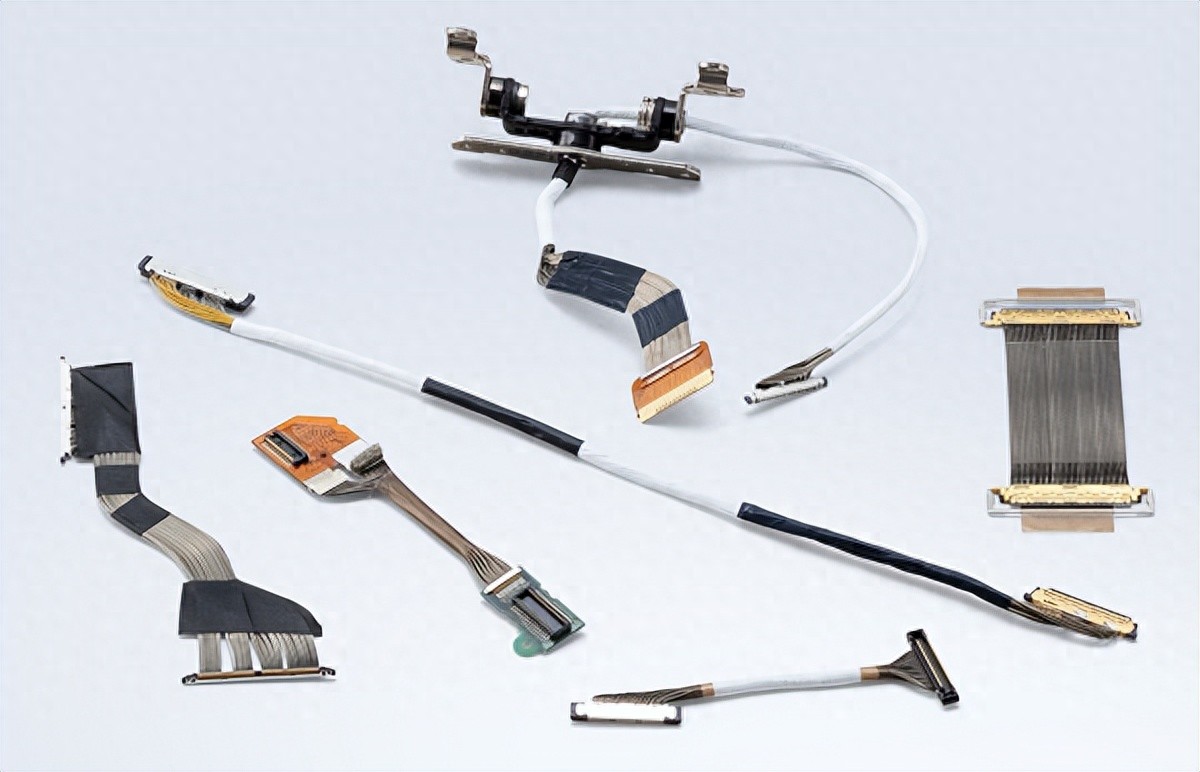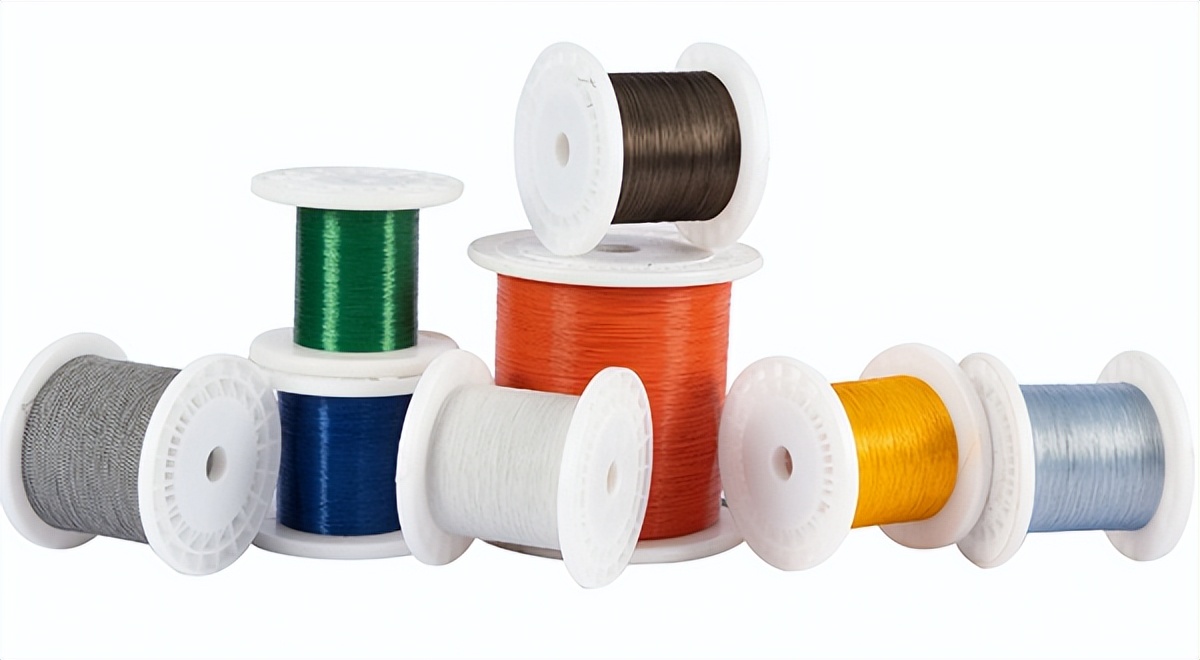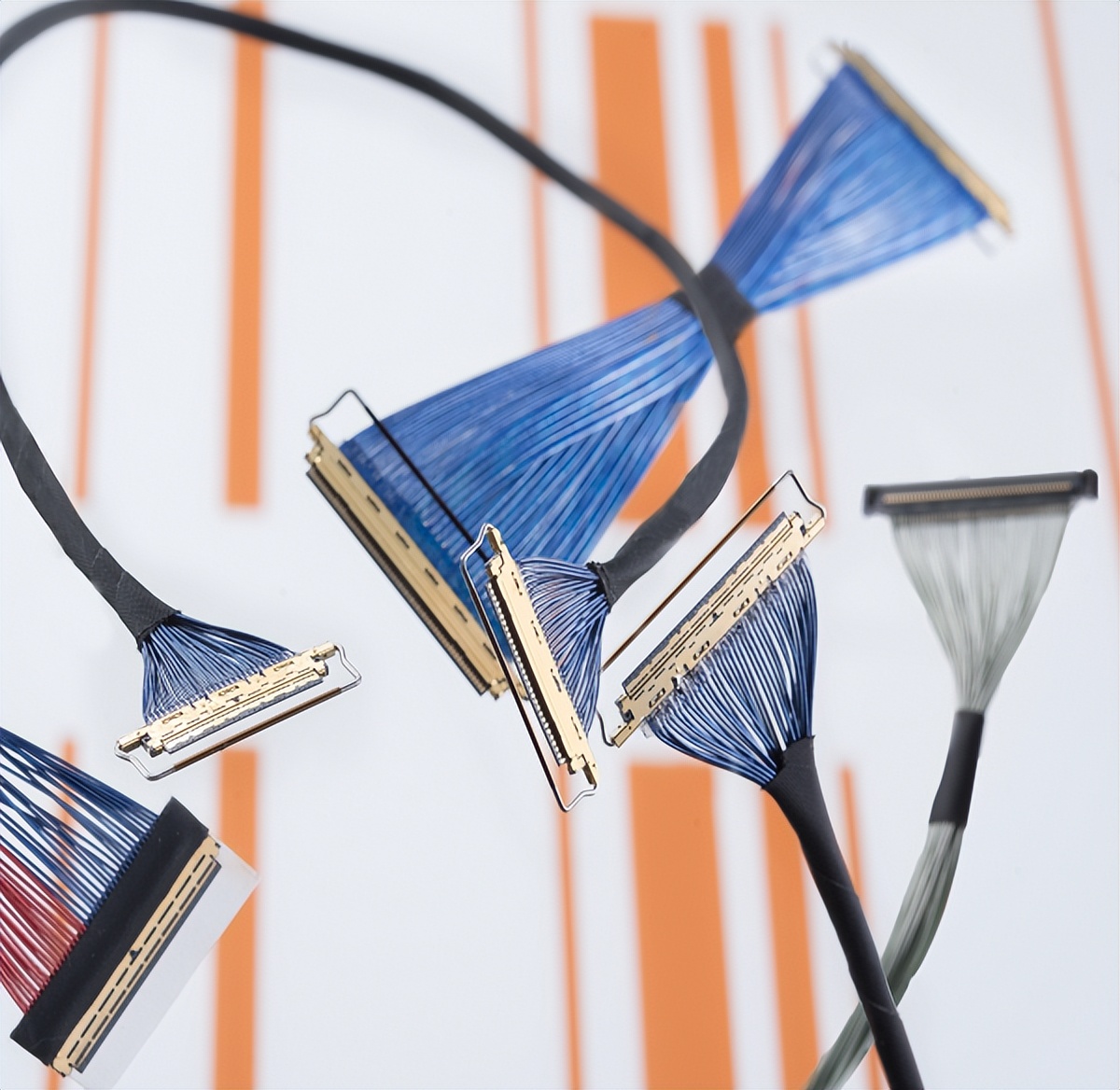Categorization:Harness Component
In modern high-performance electronic devices - whether thin and light laptops, foldable smartphones, or precise medical exploration equipment - high-speed signal transmission places higher requirements on cables. The ultra-fine coaxial cable, with its excellent flexibility, excellent shielding performance, and extremely small outer diameter, has become one of the mainstream solutions in the field of high-frequency signal transmission.
In such high-frequency interconnection systems, "characteristic impedance control" is the core element to ensure signal stability and integrity. Proper impedance matching allows for smooth transmission of the signal; once it is not matched, it will cause reflections, distortions, and transmission losses.
Precise control of structural parameters
Very thin coaxial cables are typically composed of a central conductor, an insulating layer, and an outer conductor (shield). By strictly controlling the spacing between the conductors and the dielectric constant of the insulating material, the target impedance can be precisely set at the design stage, thereby reducing signal reflection and improving transmission stability.
Material Selection and Electrical Consistency
The use of high-performance materials with stable dielectric constants (such as FEP, PFA) can maintain consistent characteristic impedance in high-frequency environments. At the same time, high-quality shielding layer materials can effectively suppress external electromagnetic interference, maintain a pure signal path, and prevent crosstalk and attenuation.
Section 3: Antijamming Design and EMI Control
The coaxial structure inherently has a shielding advantage, which can reduce EMI (electromagnetic interference) and EMS (electromagnetic sensitivity). If combined with multi-layer shielding or protective design with a metallic shell, it can further enhance the anti-interference capability, ensuring the purity and stability of the signal path under high-frequency transmission.
Four, impedance matching of the transition area
If there is a structural discontinuity between the cable and the connector, it will form a reflection point. By reasonably designing the grounding layer or transition structure of the connector, the electromagnetic field can smoothly transition at the interface, achieving a dual match of geometric and electrical characteristics, thereby effectively reducing insertion loss.
Precision Testing and Impedance Verification
During the design and production stages, network analyzers or TDR (Time Domain Reflectometer) can be used to verify characteristic impedance. By measuring indicators such as return loss and insertion loss, ensure that each harness meets the requirements for high-speed transmission.
In order to achieve stable transmission of high-frequency signals, it is necessary to coordinate control from multiple aspects such as structural geometry, material properties, shielding design, connection optimization, and precision detection. Only by accurately controlling the characteristic impedance can the extremely thin coaxial cable bundles perform at their best in high-speed applications.
I am[Suzhou Huichengyuan Electronic],For many years focused on the research and development and customization of high-speed signal cable harnesses and ultra-fine coaxial cable harnesses, committed to providing customers with stable and reliable high-speed interconnection solutions. For more information or to customize related products, please contact:Manager Zhang 18913228573 (WeChat same number)。